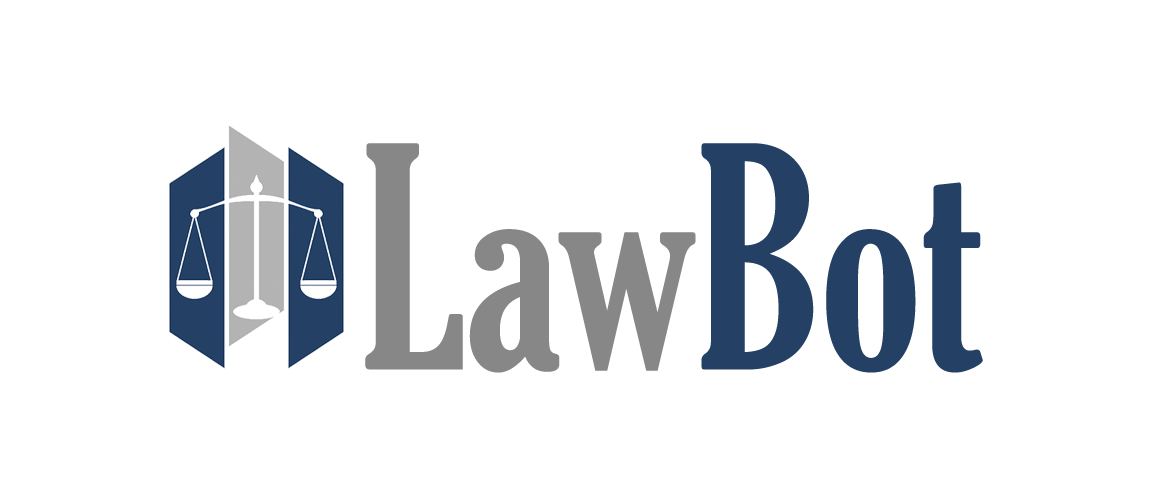
“More than 2.5 quintillion bytes of data are produced daily, yet the legal industry has traditionally been hesitant to incorporate much of that data into the practice of law.”
Bloomberg Law
Legal analytics is a division of legal technology that deals with the process of deriving analytics from legal data. This wealth of information helps legal departments make data-driven decisions for their businesses, to fine-tune their processes, eliminate bottlenecks, and focus on legal matters based on priority or urgency.
Benefits of Legal Data Analytics
From predicting case outcomes to offering a litigation settlement guesstimate, legal data analytics provide legal departments with powerful information to gain the upper edge in court and at their organizations. What may not be apparent are the subtle benefits that AI-powered and ML legal tech data analytics offer legal departments. Legal tech dashboards have the capability to connect the dots in a case between seemingly unrelated criteria across other cases for instance. Similarly, legal spend management tools don’t just relay vendor budget and expenditures, but also provide legal departments with useful information such as how to manage future budgeting with vendors who offer value, and who to cut out!
Types of Legal Data Analytics
Legal analytics offers actionable insights for legal departments about the legal industry, client and case data, and other metrics to improve their value to their business. There are 4 major types of legal data analytics, which are descriptive, diagnostic, prescriptive, and predictive analytics.
Descriptive
At the very basic level, legal data can be used to see historical data in a review format. Legal departments can use the information to make better-informed business decisions based on the data and numbers that a descriptive analysis offers.
Diagnostic
A SimpleLegal article states that diagnostic legal analytics refers to how the software “explains why X happened. It helps identify recurring patterns and outliers.” This type of tool provides information to legal departments based on cause and effect – data that can be fed into predictive and prescriptive legal analytics for superior intelligence.
Predictive
Although the name suggests predictions akin to looking into the future, predictive analytics is anything but. Predictive analytics works by analyzing a legal department’s case history, outcomes, and other datasets to effectively guess which way a case may swing, based on factors such as judge bias, how long a case will take to reach a decision, and past case outcomes.
Prescriptive
Prescriptive analytics is predictive analytics taken one step further. Not only do prescriptive legal analytics software predict outcomes, they also suggest further relevant actions that legal departments can take based on algorithms that suggest higher levels of success with certain processes. Users can keep prescriptive analytics updated by offering correct variables based on the suggestion’s outcomes and provide a better answer for future queries.
The Future of Legal Analytics
Bloomberg Law is optimistic about the future of legal analytics at work in legal departments. Although the industry has been slow to modernize, legal is now exploring and appreciating the value that legal analytics has to offer, looking to experts like LegalEase Solutions for comprehensive data insights.
The Bloomberg Law article notes that “complexities and the initial costs of working with data likely fuel many attorneys’ apprehensions about embedding data use into their practice. Fortunately for them, data experts do exist for the legal profession to lean on.”





